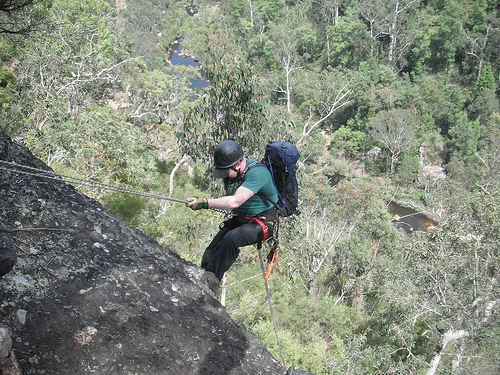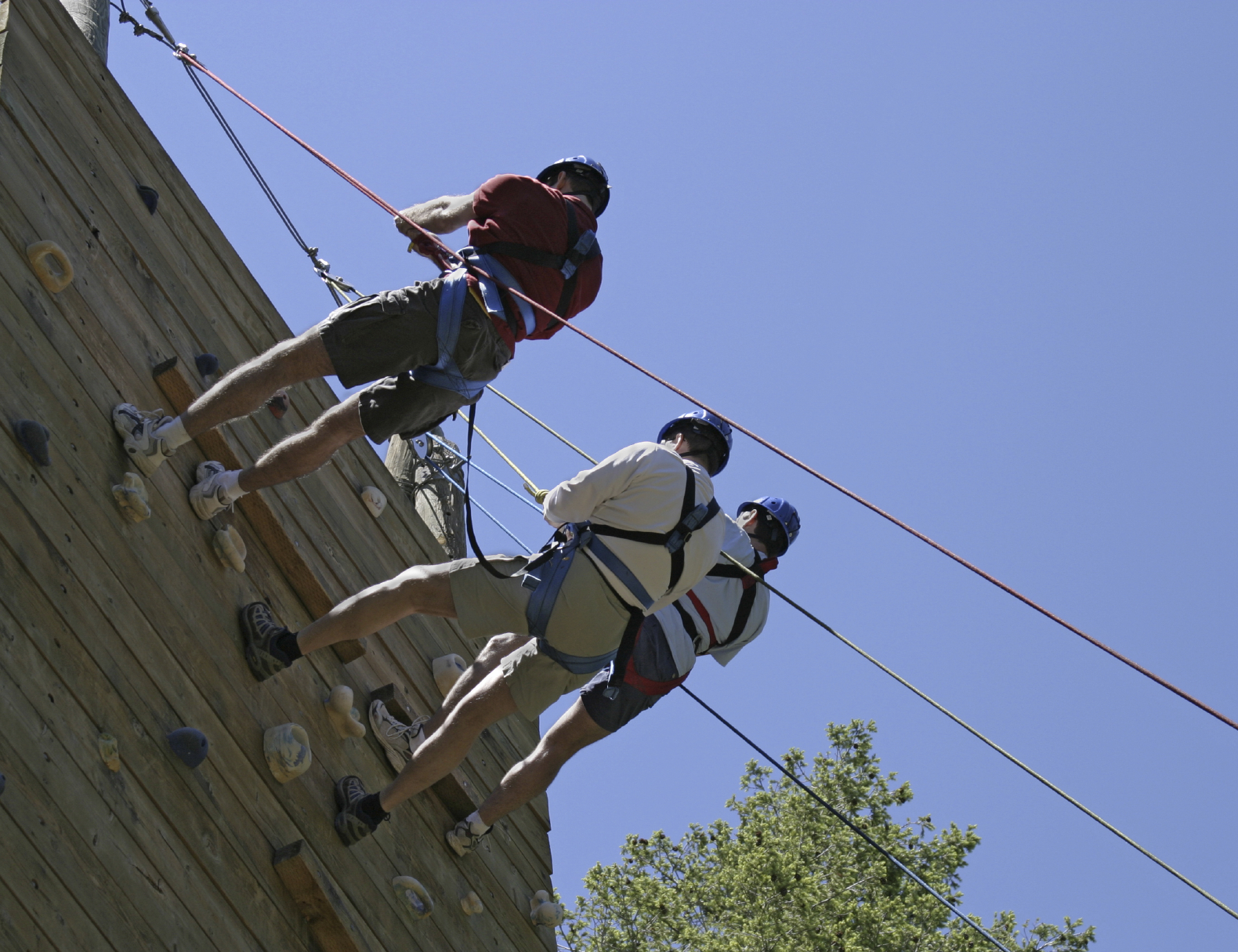7) Australian Rappelling
Abseiling facing forwards, otherwise known as Aussie rappelling, is a technique invented by the Australian SAS and favoured by the military and other show-offs the world over. The technique works just the same as regular abseiling but this time you face the ground, giving you a tactical advantage if you are a soldier and extra style points if you’re just trying to impress your mates.
The important thing in a successful Australian abseil is to make sure that your rope belays cleanly behind you and that you don’t trip over the loose end on the way down.
Like many of the advanced abseiling techniques heading down a wall face first can go pretty wrong if you don’t know what you’re doing, leading to some truly hilarious abseil fails.






